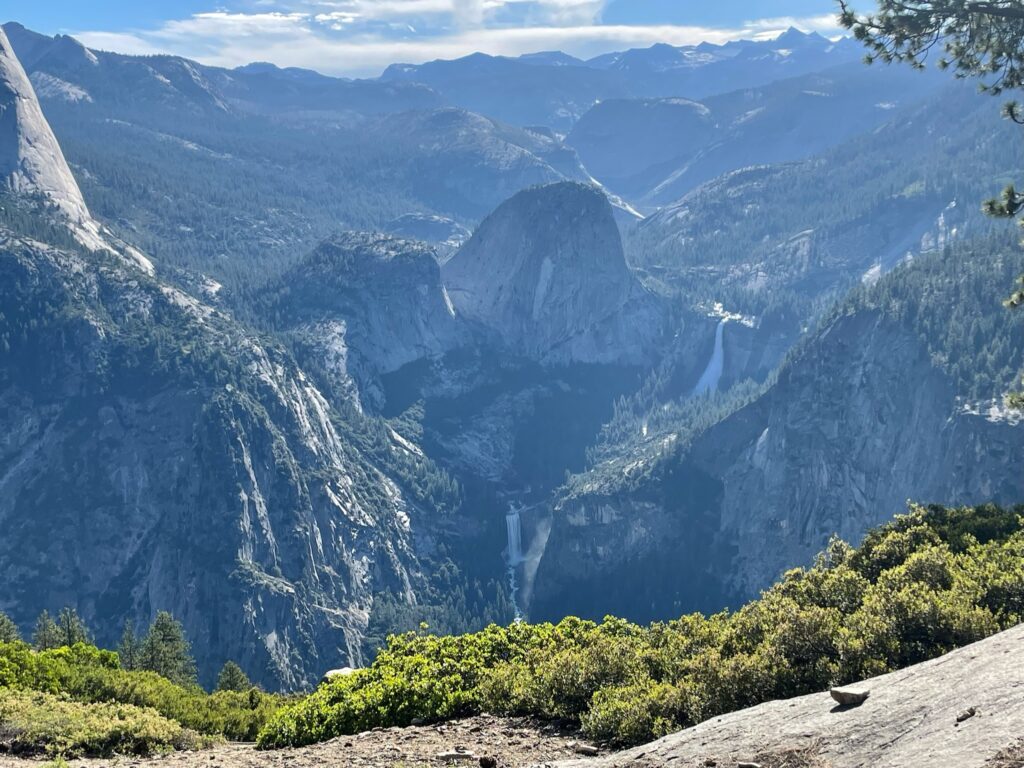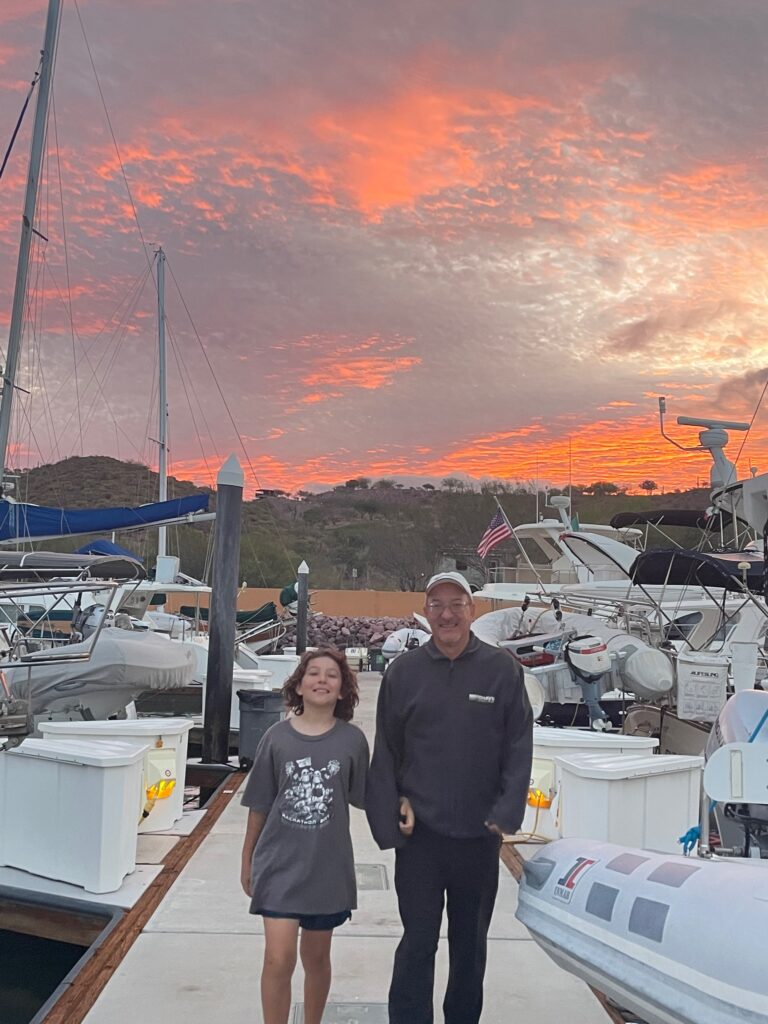Tuesday (July 25) was another early morning. We left our campsite about 0720 and drove up to Glacier Point, which took almost an hour and a half. Near the top, we stopped at a viewpoint not far from the Point. Despite being hazy out, the view was spectacular. This was a great shot of the hike that Eric, Greg and Heath did yesterday – Vernal Falls is the lower waterfall, Nevada Falls was the higher one, and Half-Dome was on top.

After a quick photo, we piled in the car and drove the final short stretch of road to the peak. The Glacier Point parking lot led to a paved, gently sloping trail. This photo was taken near the beginning of the trail, looking east, and was the same set of waterfalls/Half-Dome as pictured above.
Continue reading




